Quality Advisor
A free online reference for statistical process control, process capability analysis, measurement systems analysis,
control chart interpretation, and other quality metrics.

SPC DEMO
Don’t miss out! Book a demo of our specialized SPC software and unlock immediate improvements in your processes.
Operational definition
What is it?
An operational definition, when applied to data collection, is a clear, concise detailed definition of a measure. The need for operational definitions is fundamental when collecting all types of data. It is particularly important when a decision is being made about whether something is correct or incorrect, or when a visual check is being made where there is room for confusion.
For example, data collected will be erroneous if those completing the checks have different views of what constitutes a fault at the end of a glass panel production line. Defective glass panels may be passed and good glass panels may be rejected. Similarly, when invoices are being checked for errors, the data collection will be meaningless if the definition of an error has not been specified.
When collecting data, it is essential that everyone in the system has the same understanding and collects data in the same way. Operational definitions should therefore be made before the collection of data begins.
When is it used?
Any time data is being collected, it is necessary to define how to collect the data. Data that is not defined will usually be inconsistent and will give an erroneous result. It is easy to assume that those collecting the data understand what and how to complete the task. However, people have different opinions and views, and these will affect the data collection. The only way to ensure consistent data collection is by means of a detailed operational definition that eliminates ambiguity.
What does it look like?
-
Example 1 Attributes Characteristic of interest: Number of black spots per radiator grill. Measuring instrument: The observation will be performed with the naked eye (or with corrective lenses if normally worn), under the light available in the work station (in 100% working order, i.e., no burned-out bulbs). Method of test: The number of black spots per radiator grill will be counted by taking samples at the work station. The sample should be studied at a distance of 18 inches (roughly half an arm’s length) from the eye. Only the top surface of the grill is to be examined. Decision criteria: Wipe the top surface of the grill with the palm of your hand and look for any black specks embedded in the plastic. Any observed black speck of any size counts as a black spot. Example 2 Variables Characteristic of interest: Diameter of 48 inch rod Measuring instrument: Micrometer Method of test: The sample size is n=3. Measure 3 rods every hour. When the grinder releases the rod, take one measurement each at 8″ down, 24″ down, and 40″ down from the notched end. Tighten the micrometer as much as possible. Record to 4 decimal points. If the fifth number to the right of the decimal point is 5 or higher, round the fourth number up one.
How is it made?
- Identify the characteristic of interest.
Identify the characteristic to be measured or the defect type of concern. - Select the measuring instrument.
The measuring instrument is usually either a physical piece of measuring equipment such as a micrometer, weighing scale, or clock; or alternatively, a visual check. Whenever a visual check is used, it is necessary to state whether normal eyesight is to be used or a visual aid such as a magnifying glass. In the example, normal eyesight is sufficient. On some occasions, it may also be necessary to state the distance the observer should be from the item being checked. In general, the closer the observer, the more detail will be seen. In the example, a clear visual indication is given of acceptable and unacceptable, so the observer needs to be in a position where the decision can be made. When completing a visual check, the type of lighting may also need to be specified. Certain colors and types of light can make defects more apparent. - Describe the test method.
The test method is the actual procedure used for taking the measurement. When measuring time, the start and finish points of the test need to be specified. When taking any measurement, the degree of accuracy also needs to be stated. For instance, it is important to know whether time will be measured in hours, minutes, or seconds. - State the decision criteria.
The decision criteria represents the conclusion of the test. Does the problem exist? Is the item correct? Whenever a visual check is used, a clear definition of acceptable versus unacceptable is essential. Physical examples or photographs of acceptable and unacceptable, together with written support, are the best definitions. - Document the operational definition.
It is important that the operational definition is documented and standardized. Definitions should be included in training materials and job procedure sheets. The results of steps 1 through 4 should be included in one document. The operational definition and the appropriate standards should be kept at the work station. - Test the operational definition.
It is essential to test the operational definition before implementation. Input from those that are actually going to complete the tests is particularly important. The operational definition should make the task clear and easy to perform. The best way to test an operational definition is to ask different people to complete the test on several items by following the operational definition. Watch how they perform the test. Are they completing the test as expected? Are the results consistent? Are the results correct?
The above article is an excerpt from the “Operational definition” chapter of Practical Tools for Continuous Improvement: Volume 1 – Statistical Tools. The full chapter provides more details on creating operational definition.